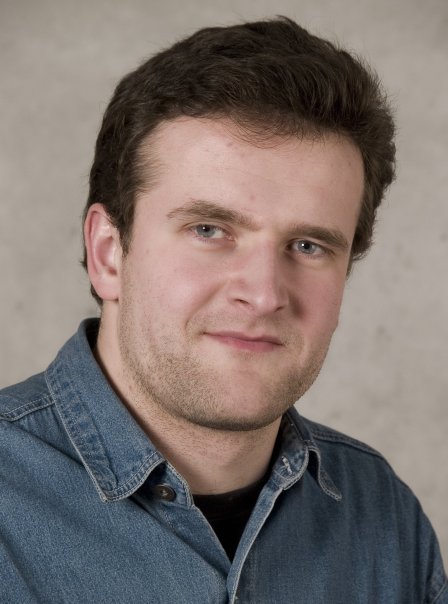Scientific Program

Konstantin Lyakhov
Jeju National University, South Korea
Title: Overcooled gas flow assisted image recognition
Biography:
Konstantin Lyakhov has earned his Ph.D. in theoretical physics in J.W. Goethe University in 2008 in age of 29. Since 2008, he has been an Oil Reservoir Engineer in Petroleum Technologies. In early 2010, he became a Researcher in Institute of Biochemical Physics of Russian Academy of Science. In late 2010, he joined the Plasma Applications Laboratory, Nuclear and Energy Engineering Department of Jeju National University, as a Researcher, and from 2012 as a Research Professor. He has published 12 papers in SCI journals (in 10 of them as a first author, total number of coauthors is no more than 2).
Abstract
This paper is addressed to possibility of images recognition by using hybrid architecture of optical and quantum-digital parts. Optical part forms a specific light signal, corresponding to different image patterns, and quantum-digital part records and process this information, which is read by quantum states measurement at the end of gas flow. Supersonic overcooled gas flow is proposed to use as a quantum information storage medium, because molecular spectra are well resolved in this case, and, therefore, better control over them by laser field can be implemented. Decoherence level in ensemble of molecules and clusters, representing gas flow, can be controlled by its rarefaction degree and its extension. Population of quantum states can be manipulated either by laser beam reflected from explored object surface(holography) in the case of low intensity or from interior object structures(tomography) in the case of high intensity. For better control over quantum levels population, laser beam is represented as a sequence of specifically shaped laser pulses. Variation of laser intensity, projected into gas flow, is produced by interference of laser beam, reflected from the explored pattern surface, and reference beam. Once irradiated, gas flow feeds spectrometer inlet. In spectrometer, electrons from excited molecules are ejected by applied ionizing laser pulse(finalizing measurement). Obtained electron energy spectra, containing information of original optical image, are recorded by the network of surrounding electrodes, so that information on spatial configuration of the object is translated into time evolution of current induced on electrodes, which is transformed to digital format by analog-digital converter for further processing by comparison of obtained electrical signals with the library of previously recorded signals, corresponding to possible images.
- Optics and Biomechanics
- Modern Optics
- Interferometry
- Optical Metrology
- SDM and Beyond
- Optical Imaging Systems and Machine Vision
- Optical Computing
- Micro-Opto-Electro-Mechanical Systems (MOEMS)
- Microscopy and Adaptive Optics
- Lasers in Medicine and Biology
- Engineering Applications of Spectroscopy
- Applications and Trends in Optics
- Optoelectronic Devices, Photonics, Nanophotonics and Biophotonic
- Organic Optoelectronics and Integrated Photonics
- Optical Communications, Switching and Networks
- High-speed Opto-electronic Networking

